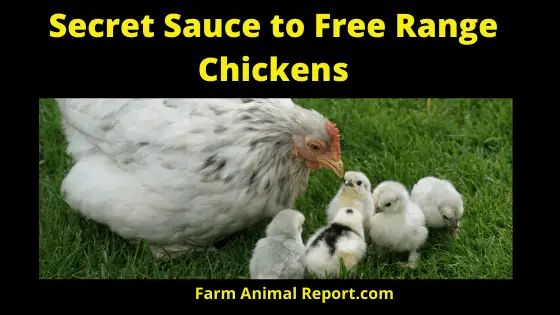As a general rule Large free-range farming is climate-friendly. 1) The hens must have continuous daytime access to open-air runs. 2) The ground to which hens have access must be mainly covered with vegetation.3) The maximum stocking should not exceed 1,000 birds/hectare (400 birds/acre or 1 bird/10 m2). .
For the “best positive welfare outcome”, birds should be free from hunger, thirst, discomfort, pain, injury, disease, fear, and distress and able to express normal behaviors. Under free-range conditions, the birds show high vigor, firm and strong feather coverage, warm red combs, and wattles. Birds show typical signs of calmness and comfort, such as dust and solar bathing, stretching wings, and beak cleaning and preening.
Large Free Range Chicken Farming
Free Range Chicken Farming –There has been a resurgence of interest in free-range poultry farming in recent years in developed countries, as a result of welfare concerns associated with the farming of poultry under intensive conditions.
For the “best positive welfare outcome”, birds should be free from hunger, thirst, discomfort, pain, injury, disease, fear, and distress and able to express normal behaviors. Under free-range conditions, the birds show high vigor, firm and strong feather coverage, warm red combs, and wattles. Birds show typical signs of calmness and comfort, such as dust and solar bathing, stretching wings, and beak cleaning and preening.
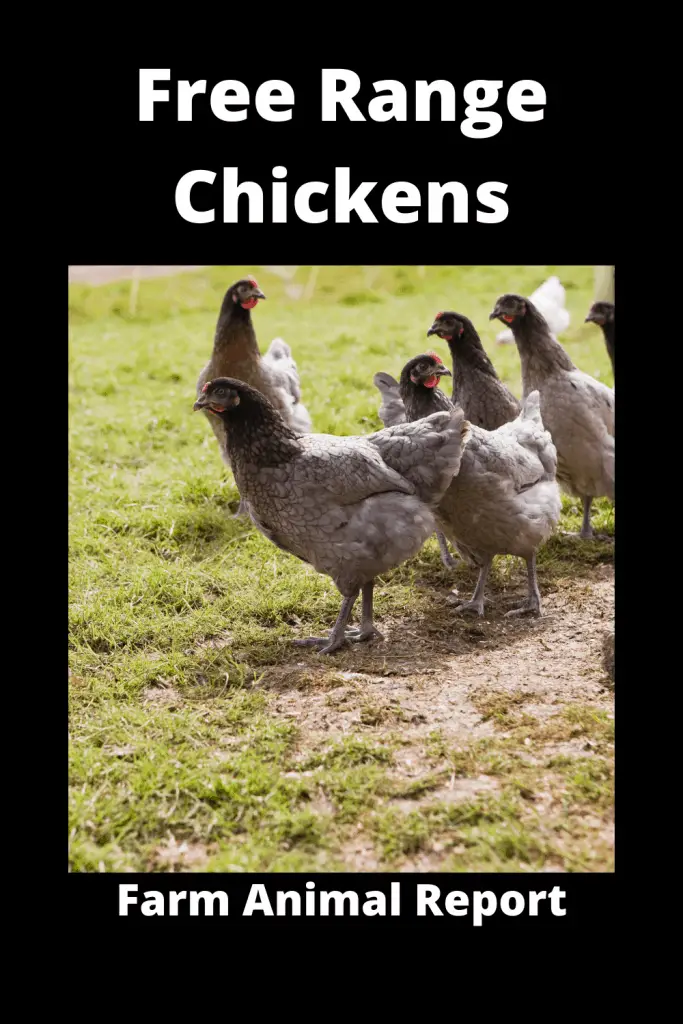
Eggs and meat offered for sale as free-range are from flocks that are kept in the following conditions:
- The hens must have continuous daytime access to open-air runs.
- The ground to which hens have access must be mainly covered with vegetation.
- The maximum stocking should not exceed 1,000 birds/hectare (400 birds/acre or 1 bird/10 m2).
The interior of the building must conform to one of the following standards:
12 Ways to Make Money by Chicken Farming—Extensive Guidelines for Chicken Farmers
- Barn, where there is a minimum of 15 cm perch space per bird and a maximum stocking density of 25 birds/m2 in the building.
- Deep litter, where at least one-third of the floor area is covered with litter such as straw, wood shavings, sand or turf, and a sufficiently large part of the floor area is available to the hens for the collection of bird droppings.
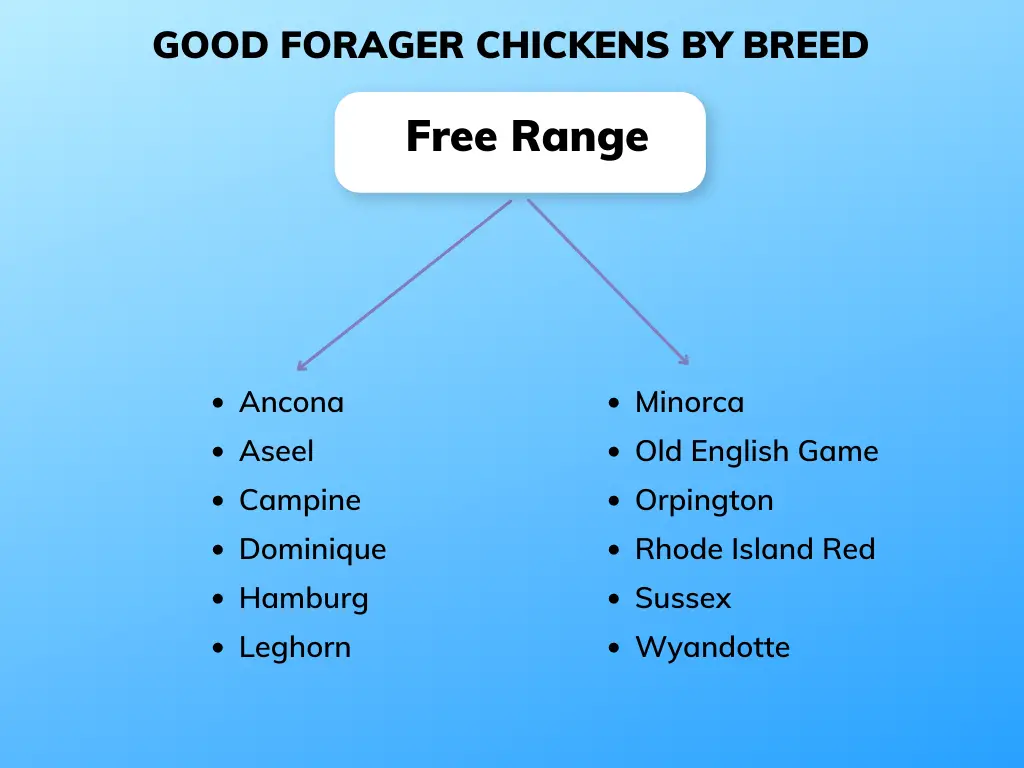
The average commercial free-range flock consists of 1,000- 2,000 hens.
Consumers have the perception that free-range eggs are healthy and wholesome food, low in calories and saturated fats, high in protein and vitamins. Many consumers are prepared to pay an increased price for such a product because of the higher cost of production associated with the greater land area required increased labor output per bird, higher feed consumption, and poor economies of scale in grading, packaging, and distribution as compared to the cage industry.
HOUSING FOR FREE-RANGE POULTRY
Free-range farmers generally use either barns or aviaries for housing with access for the birds to the range through pop-holes. The free-range area can be accessed directly or via a walkway to the end of the shed to access paddocks, pastures. The pop-holes can be shut in the evening. Water is generally available outdoors.
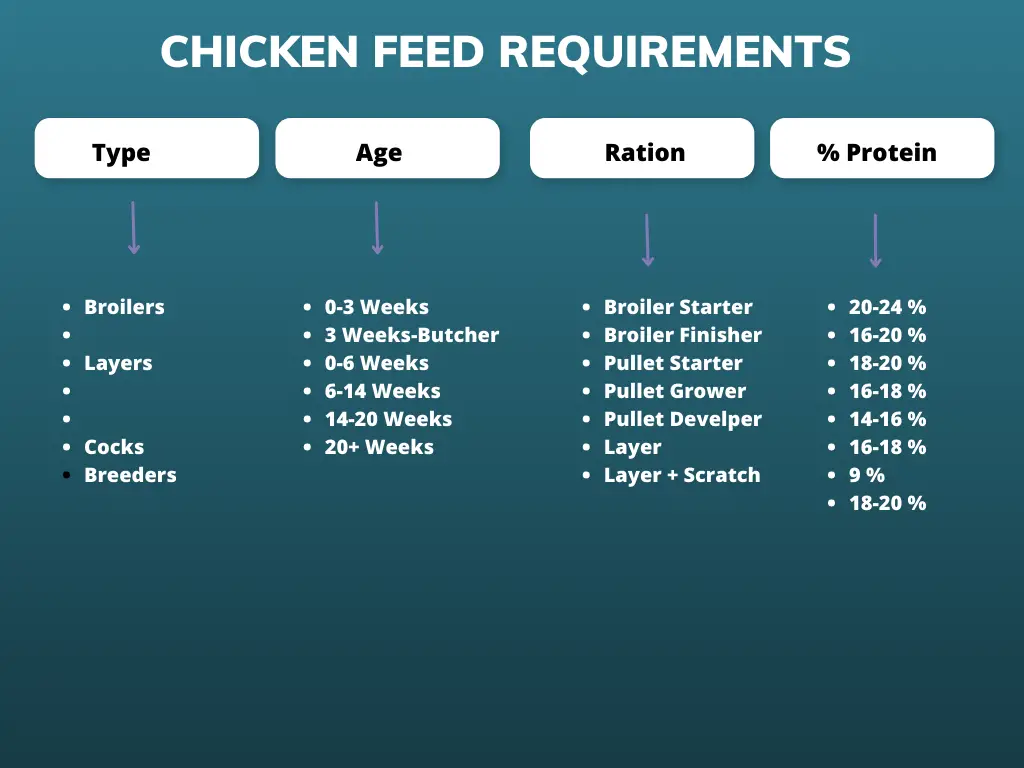
Alternatively, a single pop-hole with bars, to exclude foxes, may be left open to minimize the need for after-hours labor. To minimize the amount of dirt carried back into the sheds a number of farms have wire mesh grates in front of the pop-holes. Both fixed and mobile shedding are commonly used in free-range systems.
The fixed sheds have litter, perches, and nest boxes. Paddock rotation is not routinely practiced although some farms provide rotation by using electric fences. mobile sheds are used in some regions. These houses 100-500 birds and stand on a moveable sled and are towed to positions around a paddock, or pasture once or twice a week. Wire floors enable droppings to fertilize the area. These sheds are generally used by grain farmers between crops.
Best Breeds for Free Range
The ideal free-range egg layer should have adequate body weight at the start of lay and good hen-housed egg production. More importantly, these birds should reproduce and survive under very harsh environmental conditions. Modern strains can be successfully raised in a free-range condition with a slightly reduced rate of lay during summer.
Local breeds are inseparable from the rural scenario due to their adaptability under harsh environmental conditions. However, local breeds have low egg production and a slow growth rate. Apart from these limitations, there is a good market for both meat and eggs from local breeds.
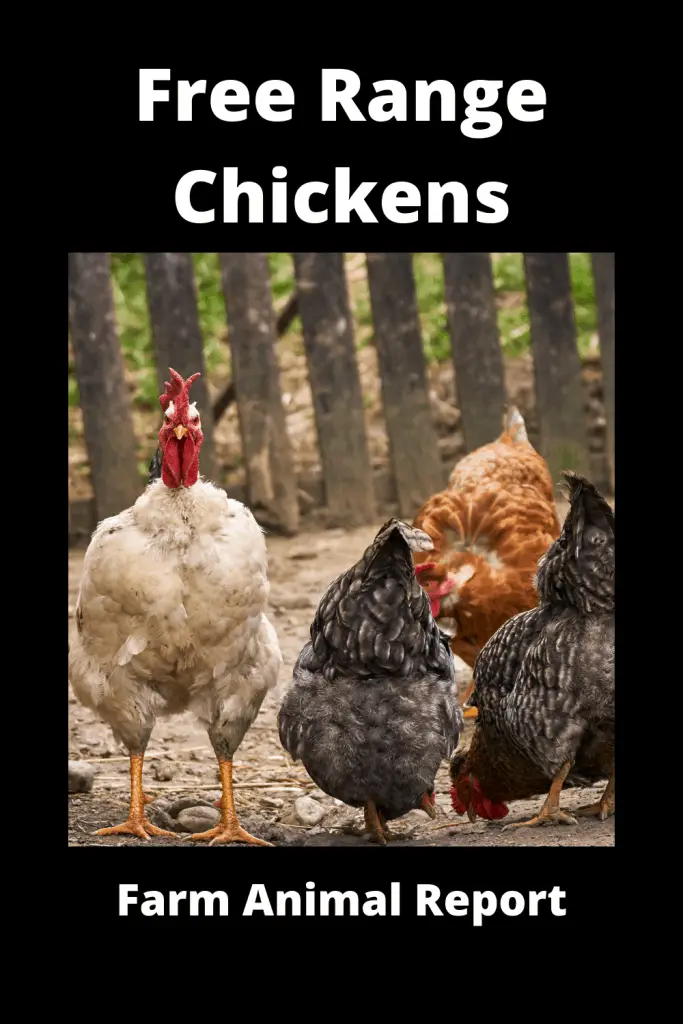
Selection of the breeds that are more resistant to the disease is another important strategy for free-range production. Birds for free-range production should have a better feed conversion, strong plumage, and not susceptible to stress.
The selection against insusceptibility to stress and feather pecking is part of a breeding program, requiring data recording and selection to be carried out in an environment that resembles the production environment as closely as possible to minimize the risk of selection errors due to genotype and environment interactions.
To improve egg number, shell color, and strength, the proven testing procedures established for all commercial lines are used throughout and implemented in the selection process. Optimizing feed intake and egg mass output in the first third of the production cycle is the most critical trait combination in selecting birds for organic farming.
Free – Range Poultry Management
The management of free-range birds is labor-intensive and very complex due to the uncontrolled environmental conditions and unpredictable diet composition. For example, the optimum temperature for a layer is 70 Degrees, 21°C, but it is impossible to maintain this optimum temperature under free-range conditions.
Fluctuation in temperature often affects egg production of layers. As ambient temperature declines, feed intake increases as the free-range layer consumes more energy to maintain body temperature. It was also reported that in winter, for every 1°C fall in temperature from the optimum, a laying bird would need an extra 4.2 calories. However, in summer, especially in a Mediterranean environment,
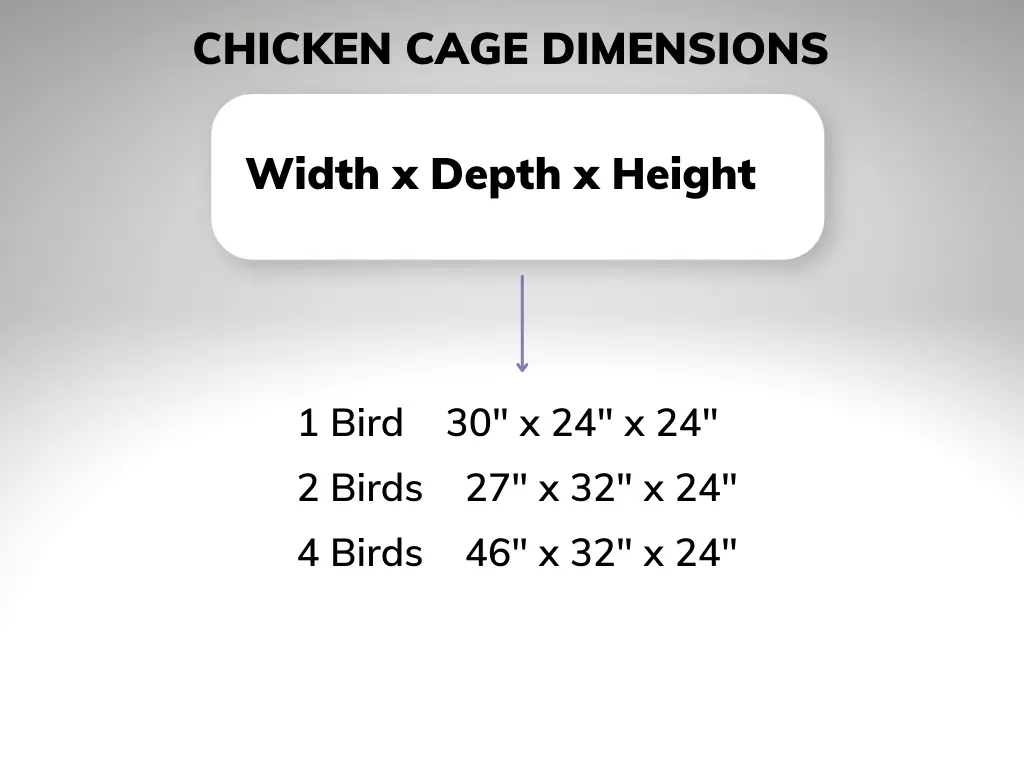
high temperature is one of the key factors limiting free-range production. As temperature increases, egg weight and shell thickness are reduced due to a reduction in energy and protein intake.
Drinking-Water Temperature
Water temperature for free-range birds should be monitored, particularly in hot weather. On free-range farms, hens should be provided cool water, particularly in hot weather. This can be achieved by regularly flushing the drinker lines, keeping incoming water lines out of direct sunlight, insulating water lines, and ensuring water storage tanks are shaded. A more expensive option is to install an external water-cooling unit to maintain incoming water below 86 Degrees, 30°C during heat waves, as water intake is reduced above this temperature.
If water is too hot, birds will drink less
, which will result in reduced feed intake, egg production, and poorer shell quality. During heat waves, birds may not be able to keep cool in the shelter. To overcome this problem – Foggers / Misters can be used in shaded areas or in trees. A free-range housing facility must be designed to ensure adequate airflow and temperature control at maximum stocking densities when birds cluster or perch at night or during extreme weather conditions. Orientation and spacing of buildings are other important considerations to reduce the overall heat load.
Nest Boxes
In a small shelter, nest boxes need to be placed lower than the perches and in the darkest area of the shelter to attract the chickens to select their nest and discourage egg eating. Nest boxes should be above ground level to avoid floor-laid eggs.
Rotation
The production of free-range poultry is constrained by disease due to the accumulation of parasites and other pathogens in the pasture, paddock, especially when the birds have been housed and forage in the same paddock for a long period. Currently, the recommendation to the free-range industry is to rotate the flock between pastures. This rotation system reduces the danger of endoparasites, including coccidiosis.
Some farms utilize one paddock at a time for a 12-week period before rotating to the next paddock.
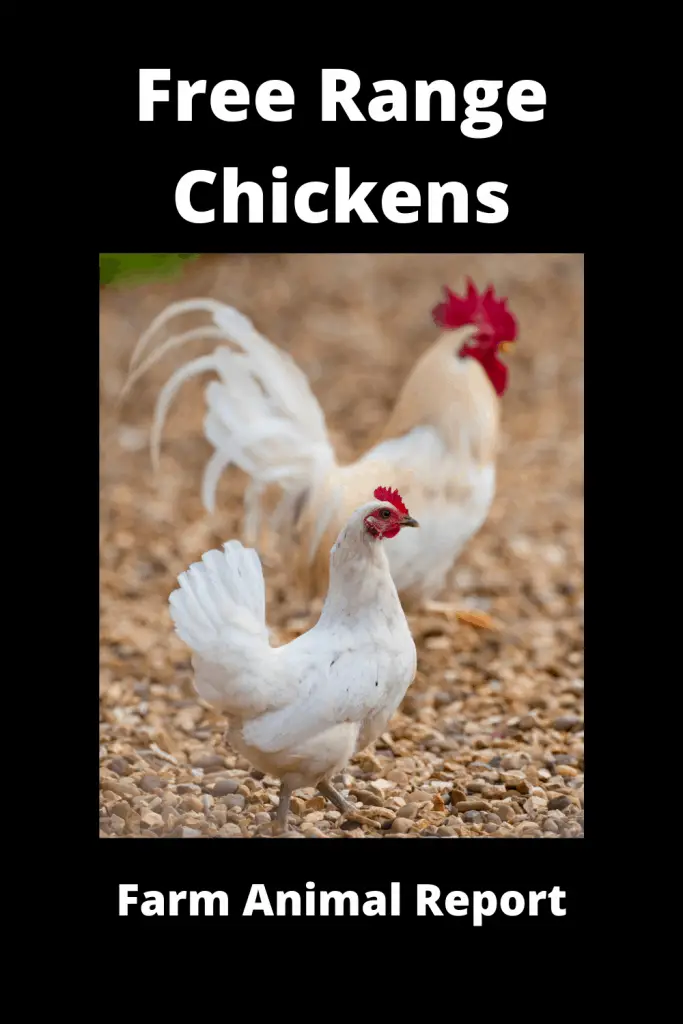
Beak trimming
Taking birds out of cages increases cannibalism. Although free-range systems enable greater freedom to express natural behavior, vices such as feather pecking, cannibalism, and mislaid eggs continue to be a problem in the free-range. Beak trimming is necessary to stop feather pecking and cannibalism under free-range conditions, especially when birds are overcrowded in the shelters. The use of plastic slats in the house reduces the risk of feather pecking.
Feeding Free Range Chickens
Under natural conditions the fowl’s diet is a very mixed one, comprising seeds, fruits, herbage, and invertebrates. The bird browses on the herbage and forages by scratching at the ground exposing small food items. Under free-range conditions, birds are capable of selecting a diet that is adequate for all their requirements.
Birds have a great potential to consume weed seeds and pests, which would be of great benefit in a crop/animal rotation system. However, a factor that might contribute to poor performance is toxic plants and seeds on the range, which include vetch (Vicia benghalensis), canary grass (Phalaris arundinacea), heliotrope (Heliotropium indicium), and ironweed (Vernonia noveboracensis). Poultry should not be kept on land which has become contaminated with poisonous plants.
Natural Foods for Free Range Chickens
| Insects They Love to Eat | Insects they will not eat |
|---|---|
| Earthworms | Elderbugs |
| Grasshoppers | Lady Bugs |
| Grasshoppers | Honey Bees |
| Ants | Wasp |
| Terminates | Bumble Bees |
| Grasses | Stink Bugs |
| Green Leafy | |
| Berries | |
| Hookworms | |
| Larvae | |
| Spiders | |
| Scorpions | |
| Beetles | |
| Spiders | |
| Grubs | |
| Mealworms | |
| Crickets | |
| Ticks | |
| Slugs | |
| Mayflies | |
| Parisite Eggs | |
| Gnats | |
| Cockroaches | |
| Japanese beetles | |
| Earwigs | |
| Butterflies | |
| Salamanders | |
| Tiny Lizards | |
| Tomatoe Worms | |
| Cabbage Worms | |
| Fleas | |
| Pill Bugs | |
| Amphids | |
| Misquitos | |
| Fly / Maggots | |
| Fire Ants |
Insects they will Eat
Insects they will not eat
Feeding chicks
The utilization of fat is poor for chicks in the first week of age. The application of vegetable oils such as soybean or canola oil has limited value. The inclusion of palm oil and animals’ fats in the diet can limit the uptake of essential elements (e.g. Ca, P) and many of the trace elements due to the formation of insoluble soaps with minerals.
The diet in the first few weeks should be palatable and rich in indigestible carbohydrates. Maize is a good source of carbohydrates. Grit should be available in the paddock to stimulate early gizzard development.
The growing stage
The energy level in the diet is critical during the post chick feeding stage, particularly in the period from ten weeks to the start of lay. Maintaining optimum stocking density is important to ensure that all birds have access to feeders and drinkers to avoid uneven growth.
Low energy diets from 6 to 15 weeks should be avoided. The inclusion of enzymes in the free-range poultry ration could improve the energy utilization efficiency, especially when a large amount of fiber is consumed from foraging pastures.
Poor Nutrition in Free Range Flocks
This is a very critical period and many free-range flocks are held back by poor pre-lay nutrition. Calcium is important for the development of medullary bone, but only 2% is recommended for the pre-lay diet.
It was found that increasing Ca to 3% in the pre-lay diet did not enhance bone development and an excessive amount of calcium can have a negative effect on feed intake. Oyster shell is a better Ca source than limestone granules because the rate of limestone going into solution is too rapid to maximize blood calcium levels over long periods.
Disease Control in Free Range Flocks
Mortality is high for free-range chickens in comparison with intensively housed birds, especially during the first 6 to 8 weeks of life. One of the major reasons for high mortality is disease. Free-range chickens and their eggs are more likely to be infected by pathogens than caged birds and their eggs. These chickens are susceptible to the same metabolic diseases affecting intensively kept birds, but the environment can influence their severity and make the birds susceptible to syndromes rarely found in caged layers.
Diseases can be transmitted to free-range chickens by old flocks, wild birds, drinking water in the pasture, paddock, and predators, and this is hard to control. To offer maximum protection to free-range birds, all relevant and available vaccines should be used. These include Infectious Bronchitis, Newcastle Disease, Egg Drop Syndrome (carried by wild ducks into water), Infectious Laryngotracheitis, Cholera (Pasteurella infection, carried by wild ducks), Coryza, Marek’s disease, Fowl Pox.
Other Modifications to Free Range Method
- the frequent rotation of the free-range birds before the buildup of parasites
- keeping the new birds separate from older ones
- rearing chicks in confinement for the first 8 weeks of age.
Types of Chicken Breeds
| Chicken Breeds | Origin | Meat/ Layers / Dual Purpose | Finished Weight | Eggs per Week | Weeks to Slaughter |
|---|---|---|---|---|---|
| Broilers | Canada/US/Europe | Meat | 3.3 lbs | 5 | 14 Weeks |
| Cornish crosses | England | Meat | 6.5 - 8.5 lbs | 3 | 8 - 9 Weeks |
| Jersey Giants | USA | Meat ( Intended to replace Turkeys) | 13 lbs | 4 | 8 - 9 Months |
| Hertigage Breeds | 6 - 9 months | ||||
| Delaware | USA Delaware | Duo | 6.5 lbs | 4 - large | 8 Months |
| Dorking | United Kingdom | Duo | 10 - 14 lbs | 5 - med | 5 Months |
| Buckeye | USA Ohio | Duo | 6 - 9 lbs | 4 - med | 5 Months |
| Rhode Island Red | USA Rhode Island | Duo | 6 b- 8 lbs | 5-6 | 5 Months |
| Leghorn | Italy | Eggs | 4 -5 lbs | 4 | 8 Months |
| Plymouth Rock | USA - Massachusetts | Duo | 7.5 lbs | 4 | 5 Months |
| Sussex | United Kingdom | Duo | 7 lbs | 4 - 5 - large | 5 Months |
| Wyandotte | Canada | Duo | 7 - 9 lbs | 5 Months | |
| Welsummer | Netherlands | Duo | 7 lbs | 4 / Week | 5 Months |
| Hamburg | United Kingdom | Eggs | 7 lb | 4 - med | 9 weeks |
| Black Australorp | Australia | Duo | \3 - 5 lb | 5 - med | 5 months |
| Buff Orpington | England | Duo | 7 - 8 Lbs | 4 - 5 | 8 months |
| Brahma | Meat | 11 lbs | 3 - med | 5 monthss |
Origin
Meat Breeds
Laying Breeds
Dual Purpose Breeds
Family Sized Chicken Farm Egg Calculator
| Number of Chickens | Number of Eggs / Day | Number of Eggs / Week | Number of Eggs / Month | Number of Eggs / Year | Family Size | $ Value = .30 / Egg |
|---|---|---|---|---|---|---|
| 1 | .5 | 3.5 | 24 | 168 | 50.40 | |
| 2 | 1 | 7 | 28 | 336 | 1 | 100.80 |
| 3 | 1.5 | 10.5 | 42 | 504 | 151.20 | |
| 4 | 2 | 14 | 56 | 672 | 2 | 201.60 |
| 5 | 2.5 | 17.5 | 70 | 840 | 252.00 | |
| 6 | 3 | 21 | 84 | 1008 | 3 | 302.40 |
| 7 | 3.5 | 24.5 | 98 | 1176 | 352.80 | |
| 8 | 4 | 28 | 112 | 1344 | 4 | 403.20 |
| 9 | 4.5 | 31.5 | 126 | 1512 | 453.60 | |
| 10 | 5 | 35 | 140 | 1680 | 5 | 504.00 |
| 11 | 5.5 | 38.5 | 154 | 1848 | 554.40 | |
| 12 | 6 | 42 | 168 | 2016 | 6 | 604.80 |
| 13 | 6.5 | 45.5 | 182 | 2184 | 655.20 | |
| 14 | 7 | 49 | 196 | 2352 | 8 | 705.60 |
| 15 | 7.5 | 52.5 | 210 | 2520 | 756.00 | |
| 25 | 12.5 | 87.5 | 350 | 4200 | 1260.00 | |
| 50 | 25 | 175 | 700 | 8400 | 2520.00 | |
| 75 | 37.50 | 262.5 | 1050 | 12600 | 3780.00 | |
| 100 | 50 | 350 | 1400 | 16800 | 5040.00 |
Per Day / Per Week / Per Month / Per Year / Dollar Value
Rare Breed Chicken Farming
| Rare Breeds | Country of Origin | Eggs/Week | Average Weight | Price / Chicks |
|---|---|---|---|---|
| Black Penedesenca | Spain | 3-4 | 4-5lbs | $ 13.43 |
| Black Sumatra | Sumatra | 4 / Tinted in Color | 4lbs | $ 4.56 |
| Ameraucana | United States / Chile | 3 / 4 Blue | 5 lbs | $ 4.25 |
| Lavender Orpington | England | 4 / 5 Brown | 5 lbs | $ 6.08 |
| Partridge Chantecler | Canada | 3-5 / Brown | 7 lbs | |
| Wyandotte | United States | 3 - 5 / Tinted Brown | 6 lbs | $ 4.90 |
| Welsummer | Welsum Netherlands | 4 / Dark Brown | 5 lbs | $ 5.95 |
| Silver Grey Dorking | UK / Roman | 8 lbs | $ 5.95 | |
| Light Brahma | United States / China | Brown | 13 lbs | $ 4.90 |
| Silver Laced Cochin / Shanghai | China | 5-6 / Brown | 6 lbs | $ 4.90 |
| White Marans | Marans / France | 4 / Dark Brown | 5 lbs | $ 6.08 |
| Dominiques | United States | 4 - 5 / Brown | 7 lbs | $ 4.90 |
| Exchequer Leghorn | Tuscany Italy | White | 5 lbs | $ 4.25 |
| Silver Spangled Appenzeller Spitzhaubens | Switzerland | 5 | 4 lbs | |
| Buff Brahma Standard | Shanghai China | Brown | 13 lbs | $ 4.90 |
| Silver Laced Polish | Poland / Netherlands | 4-5 lbs | $ 5.95 | |
| White Sultan / Fowls of the Sultan | Turkey | 2 - 3 / White | 4-6 lbs | $ 7.75 |
| Mottled Houdan | Houdan Paris France | White | 4 - 5 lbs | $ 7.75 |
| Dong Tao / Dragon Chicken | Vietnam | 2/3 | $ 2500 - | |
| Ayam Cemani | Indonesia | 3 / Cream | 5 lbs | $ 50 - $ 2500 |
| Onagadori / Honorable Chicken | Japan | $ 49.00 | ||
| Polverara | Italy | 2 / 3 | ||
| Ixworth | Sussex UK | 4 / Cream | ||
| Naked Neck / Transylvanian Naked-Neck chickens. | Transylvania | 5 | $ 4.25 | |
| Campaign | Belgium | 7 / White | 5 lbs | $ 7.75 / Golden |
| Deathlayer / | German | 7 / White | $ 99.00 | |
| Serama / Smallest Chicken in the World | Thailand | .5 - 1 Lb | $ 39.00 | |
| Silkie / Silky | Chinese | 2 / Cream | $ 5.75 / White $ 5.75 / Blue $ 5.75 / Buff $ 5.75 / Black |
|
Chicken / Poultry Breeder Associations
| Rabbit Association | Location | Link |
|---|---|---|
| US Poultry & Egg Association | United States | USPA |
| American Poultry Association | California | APA |
| Ohio Poultry Association | Ohio | OPA |
| National Chicken Council | United States | NCC |
| British Poultry Council | United Kingdom | BPCE |
| Poultry Club of Great Britain | United Kingdom | PCGB |
| Association of Poultry Breeders in EU | Europe | AVEC |
| Australian Chicken Meat Federation Inc | Australia | ACMF |
| Australian Poultry Hub | Australia | Poultry Hub |


